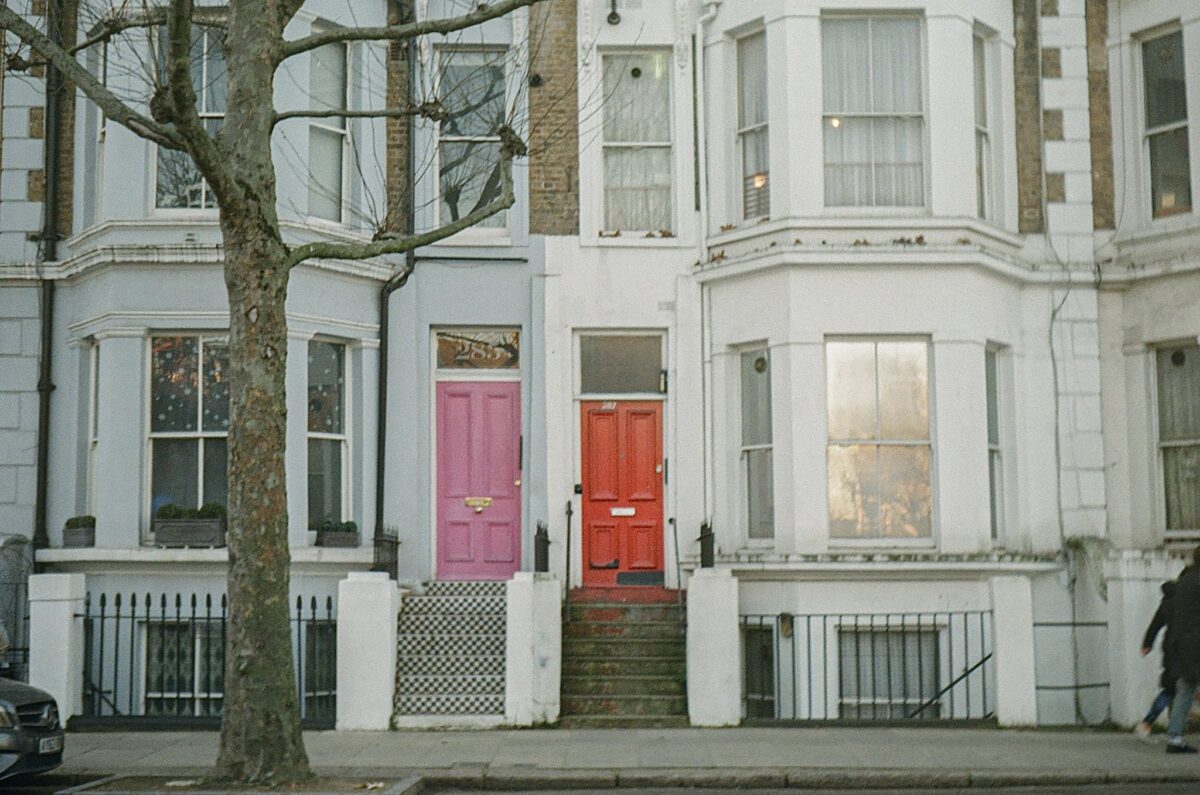For more than 70 years, between the First World War and the late 1980s, the United Kingdom had a system of rent controls for private sector tenants. The policy was, on almost every metric, a success – argues Nick Bano.
This middle portion of the 20th century stands in stark contrast to the housing conditions of the 21st: unlike today, there was no great housing or homelessness crisis; and the ‘homes fit for heroes’ and mass squatting campaigns of the 1940s and 1950s alleviated the worst of the of the scarcity caused by bomb damage.
In fact, as the brilliant 1939 film Tenants In Revolt shows us, mid-century working class housing campaigners were actively calling for “luxury flats” – a demand that has now become anti-gentrification groups’ ultimate bogeyman. While today’s campaigners are forced to make insipid calls for the barest essentials of homelessness reduction, tenants under a rent control regime had moved on to demanding luxury.
Potted history: a consensus for rent controls
In 1915, reeling from a powerful rent strike movement in Glasgow that held the wartime government in check, Asquith’s administration passed the Rents and Mortgage Interest Restriction Act. While it was designed a measure against wartime profiteering, the spirit of the 1915 Act remained in force almost uninterrupted until rent controls were finally dismantled in 1988. Importantly, the government realised that rent controls have to go hand-in-hand with relatively secure tenancies, to stop landlords from escaping the law by evicting tenants and re-letting at a higher rent. The 1915 Act therefore introduced security of tenure, too.
The rent control mechanism was immediately recognised as being important, popular and successful. Just three years later the 1918 Hunter Committee found majority support for rent control among tenants and – strikingly – among landlords, too. As a consequence, Parliament amended the 1915 Act slightly in 1919, before proper new legislation re-establishing rent controls (the Increase of Rent and Mortgages (Restriction) Act) was passed under Lloyd George’s Liberal-Conservative coalition government in 1920.
Again, Parliamentary inquiries (the Onslow Committee of 1923, the Marley Committee of 1931 and the Ridley Committee of 1937) acknowledged on the broad success of the measures, and recommended the continuation of the rent control scheme (with some adjustments to the mechanics, and an increase in the number and type of de-controlled tenancies). This slight watering-down was then reversed in 1939, as war loomed again.
After the Second World War rent controls remained in place. They continued to function reasonably well for more than 10 years, even after the Blitz had caused a genuine and serious scarcity of homes. Neither the 1945 Labour government, nor the Conservative government that followed, abolished them.
The following Tory government, however, seriously weakened the system under the Rent Act 1957: rent controls were abolished for all new tenancies, and some more expensive existing tenancies. This led to the system of ‘Rachmanism’ – where tenants were bullied out of their homes (or bullied into accepting new rents) – which effectively forms the model of the current oppressive system of ‘shorthold’ tenancies. A new Labour government in 1964, however, re-introduced rent controls in short order.
The high point came in 1974. Following yet another glowing report on the functioning of rent controls (by Hugh Francis QC in 1971), a Tory government extended rent controls to furnished as well as non-furnished accommodation.
The destruction of rent controls in 1988
By the mid-1980s the Thatcher government had decided that it wanted to create a housing market that wasn’t restrained by rent stabilisation measures, the disastrous effects of which we are experiencing today.
The genius of the Thatcher regime was that it never actually destroyed rent controls. They still exist, although the controls are (unsatisfactorily) tied to the market rate: a tenant who disagrees with a proposed new rent is still entitled to complain to a tribunal, and the tribunal will not let the new rent exceed the market value. But the 1988 Housing Act destroyed security of tenure, which is crucial to the functioning of a rent control system. Landlords know that they can avoid the rent control measures by simply demand a new rent – any rent they like – and that they can evict the tenant quickly on a ‘no fault’ basis if they can’t or won’t pay the higher rate. As a result, the formal system of controlled rent increases is almost never used. Rent control was abolished by the back door.
For the last 30 years we have not just had a lack of effective rent controls. Instead, because Thatcher’s aim was to generate a profitable housing market, the current system has rising rents by design.
A second, odd effect of the 1988 Act settlement is that rent controls became controversial. That never used to be the case. For most of the 20th century, opposition to rent controls was the exclusive domain of landlords, war profiteers and hard-line Tories. But since the 1990s there has been a looming sense that we are all Thatcherites now: that anyone who advocates a return to a long-standing legislative programme (propped up by decades’ worth of inquiries and reports) was somehow radical.
A shrinking private rented sector is a victory
The major effect of the rent control regime was the decimation of the private rented sector. By the 1980s it had fallen to just 8% of homes in the UK. This is, for anyone who is not a landlord, a triumph. Privately rented housing is the least secure and most expensive form of tenure, and anyone who is housed elsewhere is almost certainly better off for it.
How does this reduction happen? Rent controls restrain the profitability of landlordism, and some landlords flee the market. But a reduction in the number of rented homes does not, of course, reduce housing supply: ‘disappearing landlords’ do not cause homes to be knocked down or to be left unoccupied. As the Bank of England’s John Lewis and Fergus Cumming explain here:
“Some landlords will sell up as letting becomes less lucrative. But at the end of each sales chain is either another landlord or someone who was previously renting. If it’s another landlord, aggregate rental supply and demand are both unchanged, and so are rents. If it’s a new owner occupier, the supply of rented property has shrunk by one, but so has the number of renters. The tightness of the rental market and thus rents are unchanged”.
Even if this happens on a large scale, the glut of supply caused by retreating landlords will necessarily reduce house prices. It is this policy, rather than the proven failures of help-to-buy, shared ownership and high-end speculative development, that will achieve various governments’ stated aim of increasing home ownership. The contemporary history of the UK shows this to be correct, and no amount of abstract economic modelling can erase that.
There will always be people who prefer to rent privately, of course, and the market has always catered for them. But those generous souls who would prefer to pay off a landlord’s mortgage rather than their own presumably make up a figure much closer to the 7% of the population that rented privately in the mid-1980s than the 20% (4.5 million households) forced to rent privately today.
The Renters’ Reform Bill
In 2019 it became both parties’ policy, and then a formal Queen’s Speech commitment, to abolish ‘no fault’ evictions. In other words, we can expect some form of security of tenure to be restored to private tenants. As set out above, security of tenure is the missing piece of the still-existing rent control framework (without ‘no fault’ evictions, unless the tenancy agreement has a provision for rent increases, landlords will have little choice but to increase rents by the formal, controlled system of statutory notices).
So the good news is that the Tories – whether they realise it or not – have now reverted to their 20th century position: they are now within the consensus that supports rent controls. I, for one, welcome them back into the fold.


2 replies on “Rent controls: a retrospective”
Indeed, yes; rent controls are essential to establishment of a housing system fit to live in. From February 1974, Labour led a minority government (until October, when there was a second GE, which Lab won). I don’t believe it was the Cons who introduced The Rent Act 1974, therefore, not just because wikipedia says so.
[…] long during the twentieth century was that a series of reports and inquiries found that there was a general consensus in favour of them, and rent controls were consequently re-enacted several times between the First […]